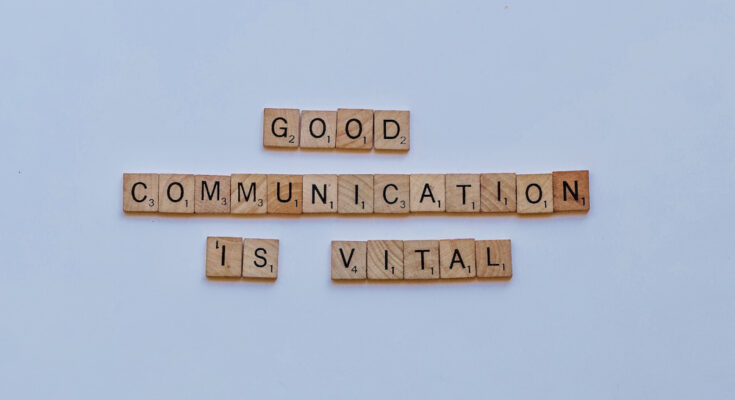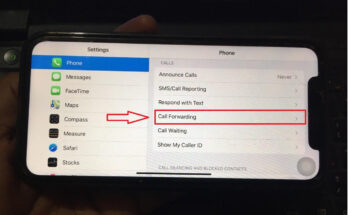Effective communication is the backbone of a successful workplace environment. It not only helps in building strong relationships and trust among employees but also ensures efficiency and productivity. However, communication in the workplace can take various forms, and it’s important to understand the different ways to communicate effectively. In this article, we will explore four main methods of communication in the workplace and provide tips on how to enhance your communication skills.
Types of communication in the workplace
1. Verbal communication
Verbal communication involves the use of spoken words to convey messages. It is a direct and immediate form of communication that allows for real-time interaction. Here are three ways to effectively communicate verbally in the workplace:
- One-on-one meetings: One-on-one meetings provide an opportunity for individuals to discuss matters privately, exchange ideas, and address concerns. These meetings allow for focused and personalized communication, promoting clarity and understanding between colleagues or team members.
- Conversations with a group: Group conversations, such as team meetings or brainstorming sessions, foster collaboration and enable multiple perspectives to be shared. In group discussions, it is crucial to encourage active participation, allow everyone to have a say, and ensure that the conversation stays on track.
- Presentations and speeches: Presentations and speeches allow individuals to deliver information, ideas, or proposals to a larger audience. Effective presentation skills involve structuring the content, using visual aids, and delivering a clear and engaging message to captivate the audience.
2. Nonverbal communication
Nonverbal communication refers to the use of gestures, facial expressions, and paralanguage to convey messages without the use of words. This form of communication can greatly impact how a message is perceived. Here are three key aspects of nonverbal communication:
- Gestures: Gestures, such as hand movements or body language, can enhance or reinforce verbal messages. For example, nodding during a conversation can indicate agreement or understanding, while crossed arms may indicate disagreement or defensiveness.
- Facial expressions: Facial expressions can convey emotions and attitudes, providing additional context to the spoken message. Effective communicators pay attention to their own facial expressions and also interpret the expressions of others to ensure effective understanding.
- Paralanguage: Paralanguage refers to the tone, pitch, and volume of voice, as well as the use of pauses and intonation. It can greatly influence the meaning and impact of verbal communication. Being aware of and effectively using paralanguage can help convey messages with clarity and emphasis.
3. Written communication
Written communication involves exchanging information through written words, providing a permanent record of communication. It is essential to master written communication skills, especially in the digital age. Here are some common forms of written communication in the workplace:
- Email: Email is one of the most widely used forms of written communication in the workplace. To communicate effectively via email, it is important to be clear, concise, and professional in your writing. Pay attention to grammar, punctuation, and tone to ensure your message is well-received.
- Letters: Although less common in today’s digital world, letters can still be used for formal and official communication. When writing letters, follow proper formatting and use professional language to convey your message effectively.
- Newsletters and memos: Newsletters and memos are effective ways to disseminate important information, announcements, or updates to a larger audience within an organization. Use a clear and concise writing style, incorporating relevant visuals to enhance understanding.
- Social media: Social media platforms have become valuable tools for workplace communication. Organizations can utilize social media channels to interact with employees, share updates, and engage with customers or clients. However, it is crucial to maintain professionalism and adhere to company guidelines when using social media for work-related communication.
- Instant messaging: Instant messaging platforms, such as Slack or Microsoft Teams, facilitate quick and informal communication within teams or departments. While instant messaging is convenient, it is important to still maintain professionalism and clarity in your messages.
4. Visual communication
Visual communication involves the use of graphics, images, and videos to convey messages effectively. Here are two important aspects of visual communication in the workplace:
- Graphics, images, and videos: Using visuals can significantly enhance the retention and understanding of information. Graphs, charts, infographics, images, and videos can be effective tools for presenting complex data, sharing ideas, or conveying concepts in a visually appealing manner.
- Data representations: In today’s data-driven world, effective data representation is crucial. Visualizing data through charts, graphs, or dashboards makes it easier for others to understand and interpret complex information quickly.
Tips for communicating in the workplace
In addition to understanding the various methods of communication, here are some valuable tips to help you communicate effectively in the workplace:
Create a positive atmosphere: Foster a culture of open communication, respect, and active listening in the workplace. Encourage feedback and provide constructive criticism when necessary.
Use technology to make your communication more organized: Utilize project management tools, email filters, and collaboration platforms to streamline communication and keep everyone on the same page.
Avoid repetition: Communicate your message clearly and concisely, ensuring that you don’t repeat information unnecessarily. This saves time and prevents confusion among colleagues.
Listen and observe: Effective communication is a two-way process. Practice active listening, pay attention to nonverbal cues, and be open to different perspectives. This helps build understanding and trust.
In conclusion, effective communication is vital in the workplace to ensure productivity, collaboration, and a positive work environment. By understanding the different ways to communicate effectively, both verbally and nonverbally, and by utilizing written and visual communication, professionals can enhance their communication skills and contribute to a more successful workplace.




